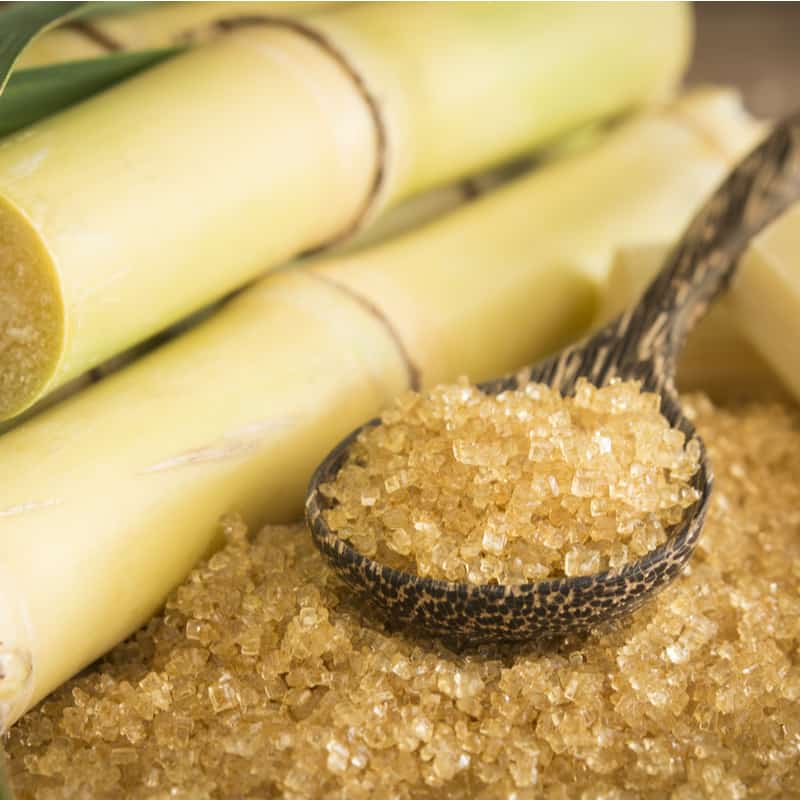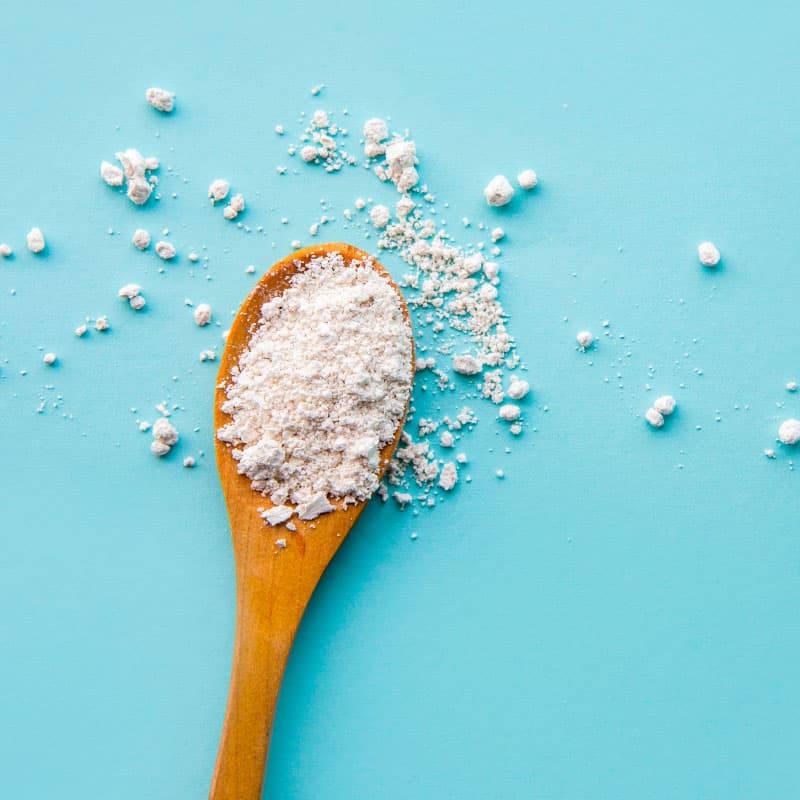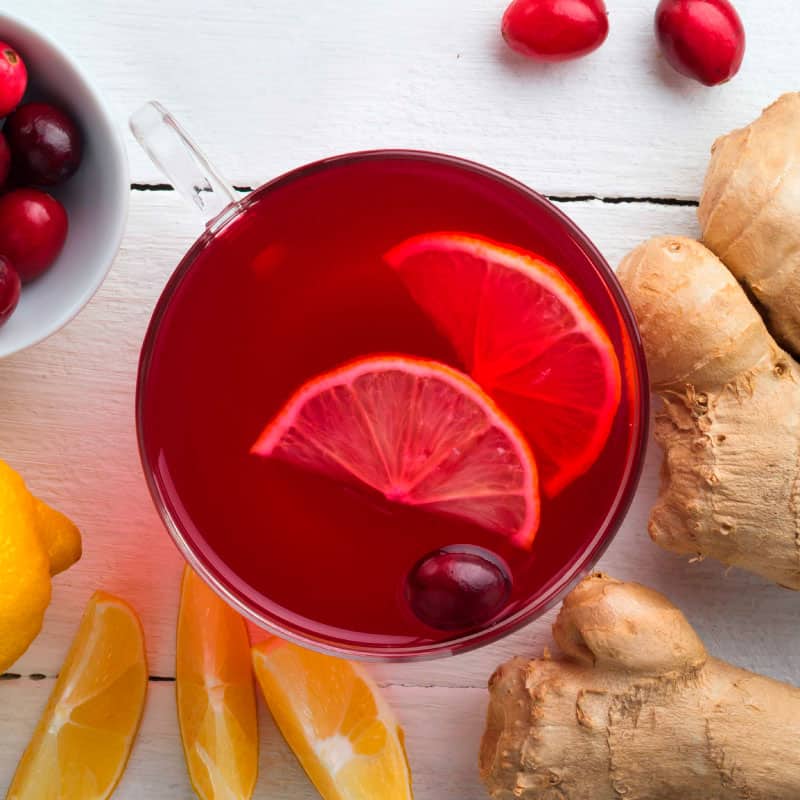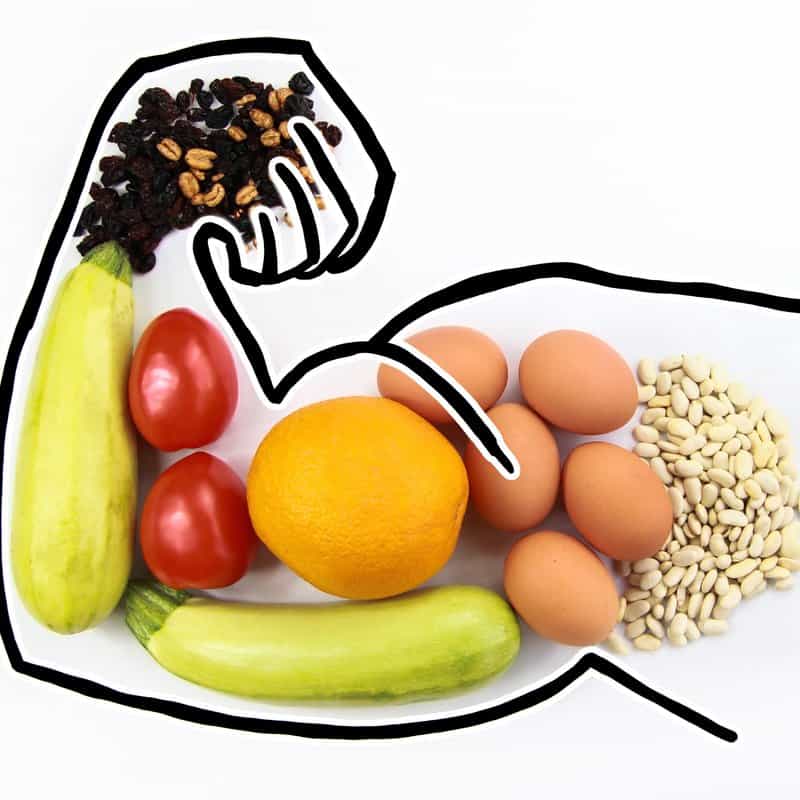This Dr. Axe content is medically reviewed or fact checked to ensure factually accurate information.
With strict editorial sourcing guidelines, we only link to academic research institutions, reputable media sites and, when research is available, medically peer-reviewed studies. Note that the numbers in parentheses (1, 2, etc.) are clickable links to these studies.
The information in our articles is NOT intended to replace a one-on-one relationship with a qualified health care professional and is not intended as medical advice.
This article is based on scientific evidence, written by experts and fact checked by our trained editorial staff. Note that the numbers in parentheses (1, 2, etc.) are clickable links to medically peer-reviewed studies.
Our team includes licensed nutritionists and dietitians, certified health education specialists, as well as certified strength and conditioning specialists, personal trainers and corrective exercise specialists. Our team aims to be not only thorough with its research, but also objective and unbiased.
The information in our articles is NOT intended to replace a one-on-one relationship with a qualified health care professional and is not intended as medical advice.
Rehmannia: the Anti-Diabetic, Neuroprotective TCM Herb
October 7, 2018
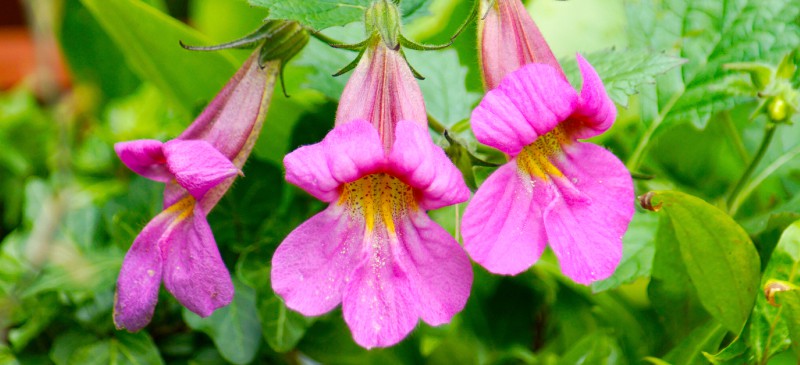
In Traditional Chinese Medicine (TCM), rehmannia is one of the top 50 fundamental herbs employed for natural treatment of various health concerns. (1) It’s typically a go-to choice for conditions thought to be the result of a yin deficiency. In TCM, an optimal state of health is believed to come from a proper balance of yin (negative, dark, and feminine) and yang (positive, bright, and masculine) energies in the body. (2)
Both TCM and Japanese medicine consider rehmannia to be a “general tonic,” meaning it can help a wide variety of symptoms and health concerns. It’s commonly combined with other herbs in traditional herbal medicine practices. What is rehmannia specifically used to treat? Conditions include anemia, diabetes, fever, osteoporosis and allergies. (3)
What Is Rehmannia?
There are hundreds of herbs commonly used in both TCM as well as traditional Japanese medicine, including dong quai, ginseng, cinnamon bark, ginger, astragalus and this lesser known herb called rehmannia.
What is rehmannia? It’s a type of flowering perennial plant that comes in six species — Rehmannia chingii, Rehmannia elata, Rehmannia glutinosa, Rehmannia henryi, Rehmannia piasezkii, and Rehmannia solanifolia — which all belong to the Orobanchaceae family. Rehmannia glutinosa is the most common variety used in TCM.
The plant’s leaves are mostly at ground level, and its flowers can range from yellow to burgundy in color. Both rehmannia root and above ground parts are used to create medicine.
Other names for rehmannia include Chinese foxglove, Chinese rehmanniae Radix, Chinese RR, Di Huang, Gun-Ji-Whang, Japanese Rehmanniae Radix, Shu Di Huang, Sook-Ji-Whang and To-Byun. Name use for the herb can vary depending on whether it’s fresh, dried or cooked.
Why is rehmannia possibly able to have positive effects on health? Chemical components of the plant are believed to help lower blood sugar, reduce pain, decrease swelling and positively impact the immune system. (3)
According to research, at least 12 chemical substances have been isolated from the root of the rehmannia plant, including tyrosol, acteoside, leucosceptoside A, martynoside, isomartynoside, purpureaside C, jionoside A1 and jionoside B1. (4) Meanwhile, there are at least six chemical components of the above ground or aerial parts, such as aeginetic acid, corchorifattty acid B, and pinellic acid. (5)
According to TCM, the properties of Chinese foxglove are sweet, bitter and cold, and it has an ability to affect the heart, liver, stomach and kidney meridians. It’s main actions include nourishing yin, clearing heat from the blood and stopping bleeding. It’s also commonly used in TCM for adrenal problems. (6)
When looking into this herb online, you may come across Rehmannia 8 which is a supplement that is a special proprietary blend of rehmannia and seven additional herbs. It’s said to be based upon a popular traditional formula called Jin Gui Shen Qi Wan.
Benefits and Uses
Rehmannia benefits are sometimes questioned by medical experts since research has mainly been with animals and/or rehmannia is often used in combination with other herbs, but let’s take a lot at what some of the most recent studies are saying about this interesting herbal remedy.
1. Anti-Diabetes
A study published in 2018 took a look at the potential blood sugar lowering effects of Catalpol, which is a natural product isolated from the root of Rehmannia glutinosa. The in vivo and in vitro research using animal subjects induced with type 2 diabetes found that the rehmannia product was able to improve hepatic insulin resistance in type 2 diabetes, specifically by acting on the AMPK/NOX4/PI3K/AKT pathway. (7)
Another animal study published in the peer-reviewed journal Biomedicine & Pharmacotherapy evaluated the impact of aqueous extracts of Yangkyuksanhwa-tang (YKSHT) and one of its major components, Rehmannia glutinosa (RG), on type 2 diabetes. In Korean medicine, Yangkyuksanhwa-tang is often prescribed for this form of diabetes.
The researchers found that the mice subjects treated with RG or YKSHT exhibited decreases in blood glucose levels. In addition, both extracts appear to reduce grehlin (aka the “hunger hormone”) and have “weight-controlling effects.” (8)
2. Neuroprotective
Catalpol, an an iridoid glucoside isolated from the root of Rehmannia glutinosa, is known to have a positive effect on neurodegeneration, which plays a major role in chronic health concerns like dementia and Alzheimer’s disease. Neurodegenerative disorders like these are marked by a loss of neurons within the brain and/or spinal cord.
A 2013 study published in the British Journal of Pharmacology pinpoints catalpol’s neuroprotective activities, which include its helpful affects on calcium concentration, protein expression and signaling pathways in the brain, which all add up to a reduced loss of neurons. (9)
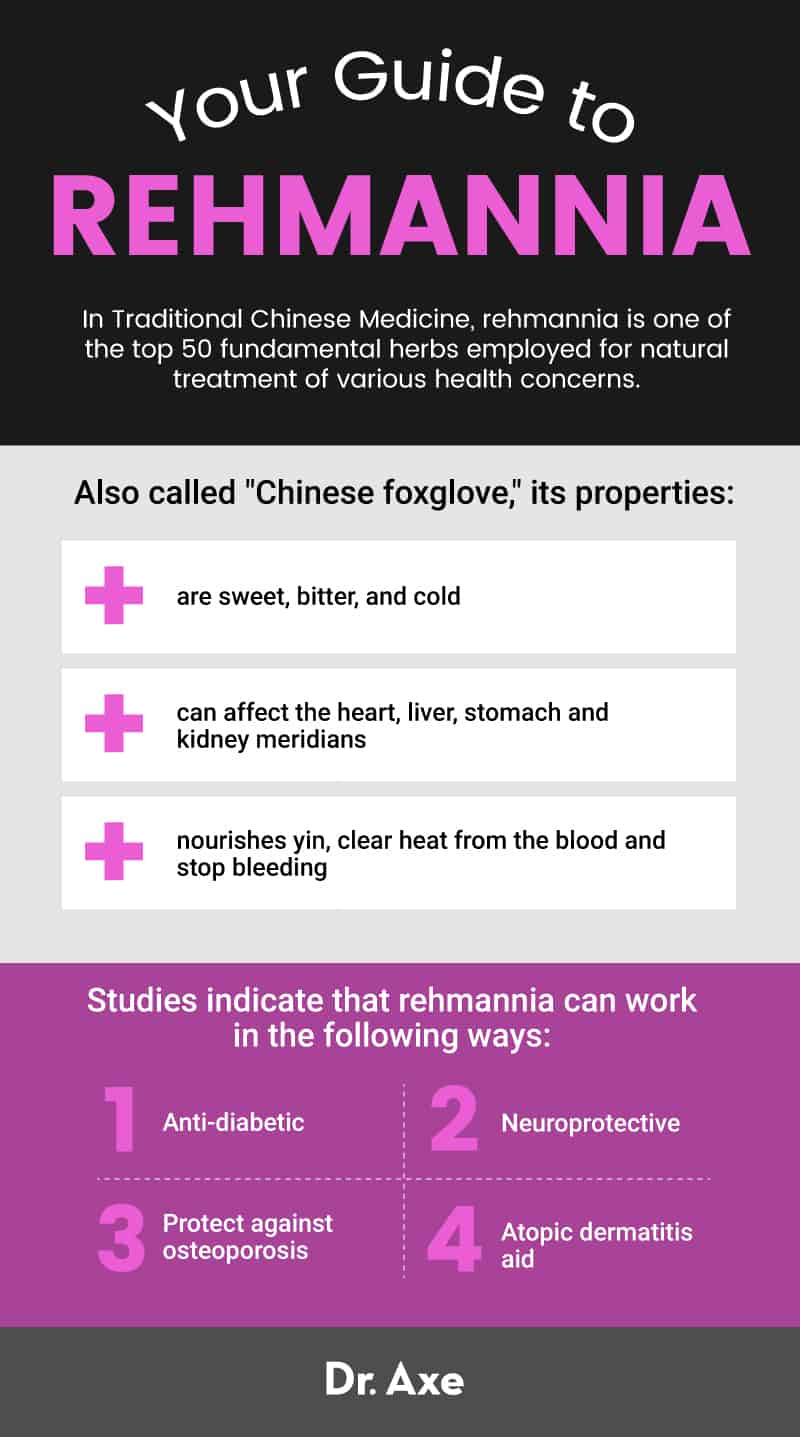
3. Possible Osteoporosis Helper
In TCM, rehmannia’s anti-osteoporotic effects are said to be the result of the herb’s ability to regulate kidney and liver function while boosting blood circulation. A scientific review published in 2017 includes the traditional Chinese medicinal uses, phytochemistry, pharmacokinetics and pharmacology of rehmannia in relation to osteoporosis, a disease that causes decreased density and quality of the bones. For this recent scientific review, over 300 research papers and reviews were analyzed.
The review found 107 clinical trials that used rehmannia along with additional herbs to treat post-menopausal, senile and secondary osteoporosis. According to the review, “Most of the clinical trials are characterized by high efficacy and no obvious adverse effects. However, the efficacies of these clinical trials are limited because of small patient sample size, short treatment duration and poor clinical design. In addition, TCM herbs under the clinical study are not clear because of a lack of standardization and authentication.”
Overall, the review concludes, “Properly designed and well controlled prospective studies are still needed to further demonstrate bone protective actions and safe use of this herb and its ingredients.” (10)
4. Atopic Dermatitis Aid
In TCM, rehmannia is sometimes used to treat allergy-related problems. An animal study published in the Journal of Ethnopharmacology evaluated the effects of the herb on atopic dermatitis, an itchy inflammation of the skin. This skin condition can often be caused by an allergic reaction.
For this study, researchers topically applied an extract of the herb to mite allergen-induced atopic dermatitis in mice subjects. What did the researchers find? The herbal extract was able to inhibit the development of atopic dermatistis in the animal subjects by suppressing the expression of cytokines, chemokines and adhesion molecules. (11)
The herb has also been studied for use in canine atopic dermatitis along with white peony (Paeonia lactiflora) and licorice root (Glycyrrhiza glabra). Researchers from the University of Minnesota studied 50 atopic dogs in a randomized, double-blind, placebo-controlled trial. The dogs treated with the herbal mixture saw a 37.5 percent improvement compared to a 13 percent improvement the placebo group. However, this was not considered a statistically significant difference. (12)
History and Interesting Facts
The plant is endemic to Asia countries including China, Japan and Korea. It was brought from Asia to the Western world in the 18th century. In the U.S. and Europe today, it’s sometimes grown as ornamental garden plant.
The species name “glutinosa” comes from glutinous and is a reference to sticky nature of the plant’s root. In China, its name means “big yellow” or “yellow earth.”
Rehmanniae Radix is the root tuber of Rehmannia glutinosa and is said to be one of the most common ingredients of multiple Chinese herbal medicine formulas recommended for memory impairment linked to aging. (13)
Risks and Side Effects
Rehmannia may lower blood sugar and therefore interact with antidiabetic drugs. Since taking rehmannia may affect blood sugar levels, people with diabetes are typically advised to avoid or be very careful taking rehmannia, and people who have upcoming surgery should stop taking rehmannia at least two weeks before or sooner depending on doctor recommendations. Rehmannia is not recommended for children, pregnant women or breastfeeding women. (14) The herb is also not recommended for people with chronic liver disease or a gastrointestinal disease. (15)
When it comes to TCM, it’s key to do your research and visit a practitioner who is well-trained and certified. All Chinese herbal remedies like rehmannia should be taken under professional supervision. There is currently no established recommended safe dose of rehmannia so speak with your health care provider about a proper dosage for your needs. Many rehmannia supplements contain somewhere between 55 to 350 milligrams of the herb.
I also want to note that Chinese herbal products manufactured outside of the U.S. can be mislabeled, contain dangerous additives and sometimes have trace amounts of dangerous heavy metals. Look for high-quality, pure products made from trusted and certified retailers, or work directly with an herbalist.
According to TCM, this herb is typically contraindicated if you have diarrhea or abdomen distention due to spleen deficiency. (6) Side effects of this herb that have been report include GI discomfort (including mild nausea, loose bowels, flatulence), allergy, headache, dizziness, heart palpitations, fatigue and vertigo. (15)
Final Thoughts
- Rehmannia is a flowering plant that comes in six varieties. Rehmannia glutinosa is most often used for health purposes.
- Both rehmannia root and above ground parts are used to create medicine.
- The herb is commonly used in TCM, Japanese medicine and Korean medicine.
- Research has mainly been conducted with animals or in combination with other herbs, but studies point towards possible rehmannia benefits for diabetes, obesity, neurodegenerative diseases, bone diseases like osteoporosis, and allergy-induced atopic dermatitis.



